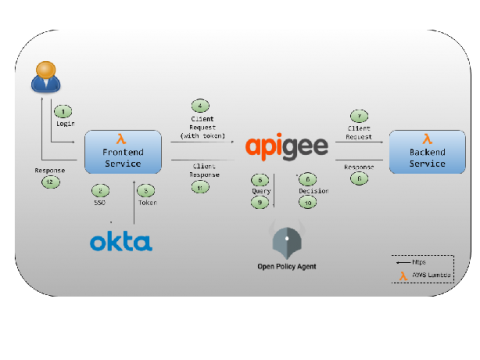96% of Organizations Use Open Source Libraries but Less Than 50% Manage Their Library Security Flaws
Most modern codebases are dependent on open source libraries. In fact, a recent research report sponsored by Veracode and conducted by Enterprise Strategy Group (ESG) found that more than 96 percent of organizations use open source libraries in their codebase. But – shockingly – less than half of these organizations have invested in specific security controls to scan for open source vulnerabilities.










